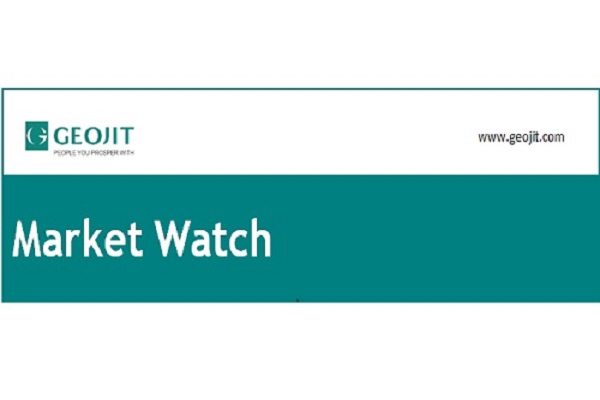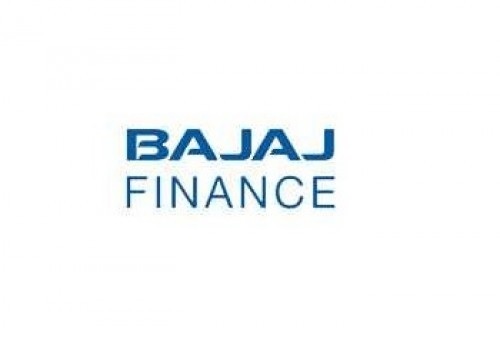Railway Stocks Surge Up to 7% Ahead of Union Budget 2025 on Capex Hopes

The Union Budget 2025 presentation, railway stocks experienced a sharp decline after Finance Minister Nirmala Sitharaman announced that no major reforms would be implemented for the railway sector in this year’s Budget. The announcement left investors disappointed, especially after speculations that the sector would see increased investments and transformative changes aimed at revitalizing the infrastructure and improving its efficiency.
Key Details from the Budget Speech:
1. No Major Reforms for Railways:
During her Budget speech, Finance Minister Sitharaman laid out the government’s priorities, but revealed that there would be no major reforms or transformative changes for the railway sector in the immediate future. This announcement caught analysts and market participants off guard, as they had been anticipating substantial funding and policy shifts to modernize the Indian Railways and address its longstanding challenges.
2. Focus on Infrastructure and Other Sectors:
While the budget emphasized infrastructure development, with significant allocations made to roads, highways, and airports, the railway sector did not receive any special attention or funding increases beyond the previously outlined allocations. Despite widespread calls for privatization of select routes and private sector participation, as well as technological upgrades to the network, no concrete measures were announced for such initiatives, leaving investors and stakeholders concerned about the sector's future.
3. Stock Market Reaction:
After the Budget presentation, railway-related stocks such as Indian Railway Catering and Tourism Corporation (IRCTC), Rail Vikas Nigam Limited (RVNL), and other related companies experienced a sharp fall in their stock prices. The market had been optimistic, hoping for announcements related to privatization, public-private partnerships, and efforts to modernize the rail network, but the lack of such proposals led to a negative market response.
4. Disappointment Among Analysts and Investors:
Analysts had predicted that, given the importance of the railway sector as one of the largest employers and contributors to India’s economy, it would receive special attention in the Budget. Many hoped for measures aimed at improving safety, efficiency, and customer service—areas that have long been the subject of concern in the sector. However, the absence of any major reform agenda for railways in the Budget left many wondering about the future direction of the industry.
5. Impact on Future Growth Prospects:
The lack of a roadmap for railway sector development could have significant long-term implications. Without a clear push for modernization, private sector participation, and the improvement of passenger services, the Indian Railways might struggle to keep pace with the rapidly growing aviation and road transport sectors. Additionally, private investments in rail infrastructure could remain limited, affecting the potential for growth and technological advancements.
Conclusion:
The absence of major reforms and investment commitments for the railway sector in Budget 2025 has left both investors and industry stakeholders disappointed. The decline in railway stocks signals growing uncertainty about the future of the sector, which continues to face challenges in modernizing its infrastructure and improving passenger experience. While the focus on broader infrastructure development in the Budget is encouraging, the railway sector’s exclusion from significant reform discussions has raised concerns about its ability to compete and grow in the evolving transportation landscape.























